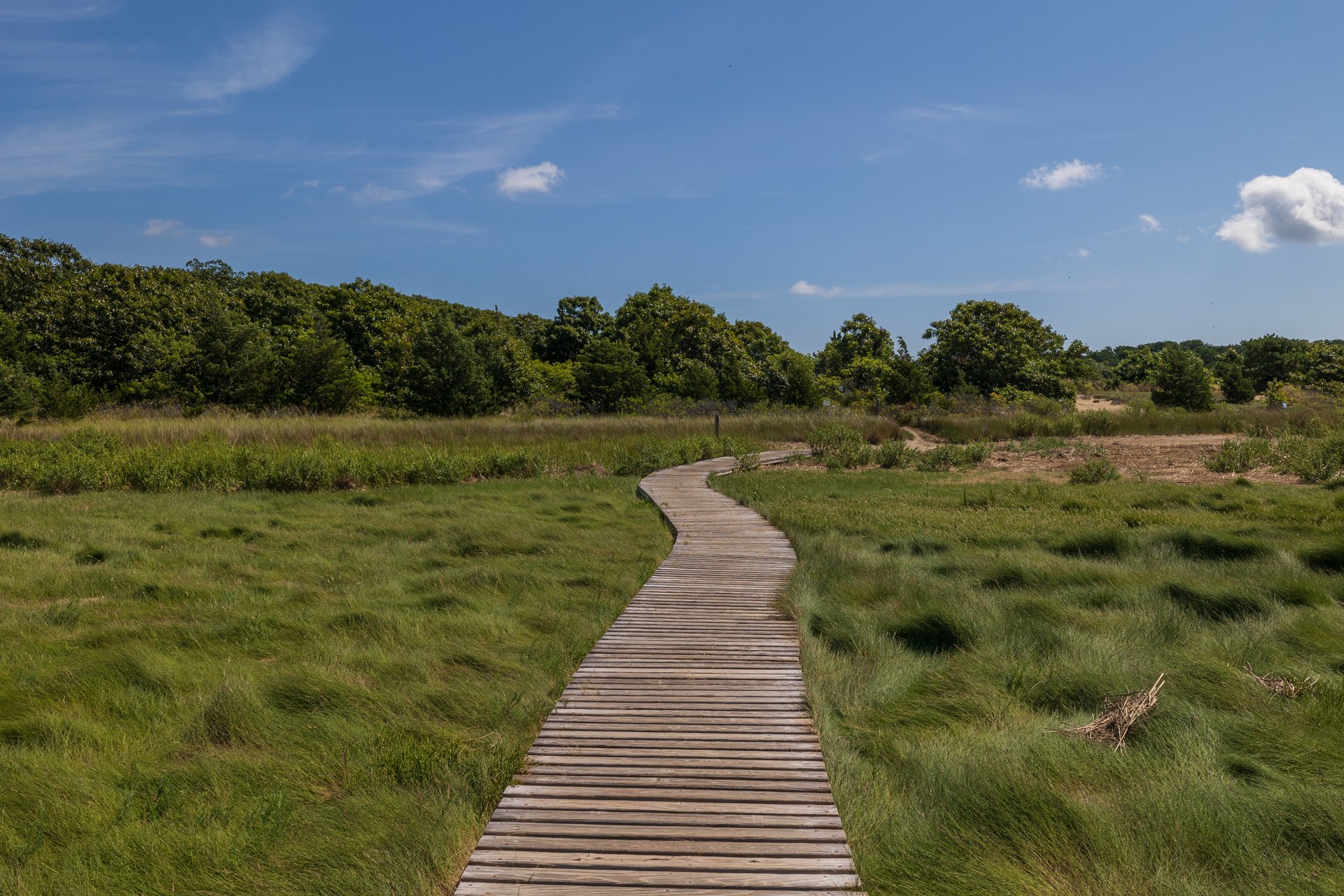Right on schedule and without any fanfare, our first box turtle of 2023 emerged from his brumation burrow on April 14th. This turtle, known to us as Number 61, is a very old male first marked by former sanctuary director Bob Prescott in the early 1980’s! An adult turtle even back then, Number 61 is easily 60–70 years old now. He favors a certain brumation area and returns there every fall to dig his burrow and spend the winter there. His burrows tend to be shallow, often only 2–3 centimeters deep (about an inch).
Box Turtle Conservation at Wellfleet Bay
Last summer we handled and accounted for 42 individual turtles, six of whom were new to us. Two of these were adults and the other four were juveniles (each weighing less than 300 grams). The discovery of these turtles suggests that we have a healthy, replicating population here on the sanctuary property, which is very encouraging!
Winter Study
For the last several years, we’ve been conducting a brumation study. Brumation is the reptile form of hibernation. Our goal is to determine precisely at what soil temperature a box turtle emerges from brumation and what temperatures they experience while inside their burrows.
Once the turtles have settled, we install an electronic temperature monitor in the burrow next to the turtle. We also place a control logger on the surface to monitor ambient temperature. We program these monitors to take a temperature reading every six hours. The coldest temperature recorded inside a turtle’s burrow was 33.4 degrees Fahrenheit, just above freezing. As expected this temperature occurred during a very cold period confirmed by our surface control logger. The turtle only saw this temperature for a couple of days. The overall average burrow temperature seen by all turtles in the study was 40 degrees. What is even more interesting is that all turtles in the study emerged from brumation when the soil temperature rose to 50 degrees in the spring, regardless of how deep or shallow the turtle was within its burrow. I find this fascinating!
Please Brake for Turtles!
As we look forward to another successful season with these remarkable turtles, we’re also braced for what can be a deadly time of year for many turtle species. May and June are the peak of nesting season and turtles often cross roads in search of suitable habitat. Please keep your eye on the road for turtles and, if you do find one and it’s safe to do so, move it to the side of the road in the direction it was heading. Box turtles are a species of concern in Massachusetts, so saving the life of an adult female is especially important.
This article was contributed by volunteer box turtle researcher Tim O’Brien. Tim has been monitoring the sanctuary’s box turtles for the past 20 years.



